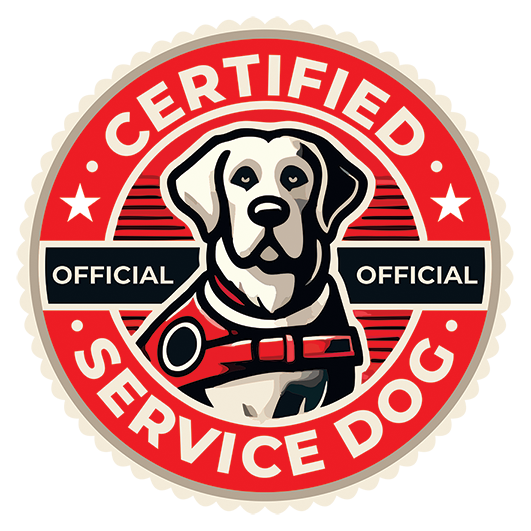What We Do
Looking for Assistance Dogs?
We can help you in finding Accredited Programs across the world to fit your needs.
Assistance dogs do not have public access rights – only the individuals with disabilities partnered with an assistance dogs have public access rights. In most countries and states, people with disabilities who are partnered with an assistance dog have the legal right to take their assistance dogs into public places normally prohibited by pet dogs. In some countries, the law gives public access rights to assistance dogs when they are accompanied by an assistance dog trainer.
To find a program that works with Veterans go to ADI’s Members Search page. Click “Advanced Filtering Options” (under Select a Country), and check the box that states “Veteran” under the Demographic title. Click the red “Search” button and a list of all programs that work with Veterans will be visible. You must then find a program that serves your area.
In the United States, the Veterans Affairs Division requires that a Veteran and their dog must complete a training program offered by an assistance dog program accredited by Assistance Dogs International or the International Guide Dog Federation in order for the Veteran to receive Dog of Record insurance benefit. More information on this topic can be found at US Department of Veterans Affairs Rehabilitation and Prosthetic Service web page and service dog benefits to Veterans with mental health disorders press release.
Can I get my dog certified?
Yes, individuals can train and certify their personal dog as a service dog, but there are important requirements to keep in mind. Service dogs must be trained to perform specific tasks that assist a person with a disability. This training should be reliable and address the individual needs of the handler.
While it is not mandatory to use professional trainers or organizations, working with experienced professionals may help ensure your dog meets the standards of behavior, obedience, and task performance expected of service dogs. Some organizations, like ours, offer assessments and certifications to confirm that your dog is properly trained and qualified to serve as a service animal.
Additionally, be sure to comply with local and national regulations governing service dogs in your region, as these rules can vary.

FAQs
It is a buyer beware market for consumers looking for a reputable assistance dog program. To ensure that a program meets high standards in the assistance dogs industry—including the treatment of clients and dogs, training practices, and ethical business operations—consumers should thoroughly research and evaluate each organization. Assistance dog programs often have defined service areas (geographic locations) based on their ability to support clients. Each program has its own requirements for training and placing assistance dogs. These may vary depending on the types of dogs they train, their placement service area, whether they will train a personal dog, the structure of their training program, and their funding resources.
Use available resources to search for an assistance dog program that serves your area.
Many assistance dog programs receive financial support from donors and grant funders, which allows them to offer their services at a very low cost or no cost to the client. However, each program determines its own fee structure, which may include application fees, training services, travel expenses, or other related costs. Some programs also offer support or resources to help clients raise funds to cover these expenses. It is important to ask each organization directly about their specific fees and funding options when seeking an assistance dog.
Someone who would like to have their personal dog trained and certified as an assistance dog may be able to do so by becoming a client of a qualified assistance dog program. Some programs are willing to evaluate an owner and their dog for potential training and certification. In such cases, the owner and dog must complete the full training program together and meet the same standards as dogs trained directly by the program’s professional staff. Many programs require a minimum training period—often around six months—for these teams. Reputable programs typically do not simply administer a test for certification; instead, certification is granted only after the team has successfully completed a structured training process under professional guidance.
To explore programs that work with individuals and their personal dogs, search for organizations that offer this service and contact them directly to learn more about their specific requirements.
